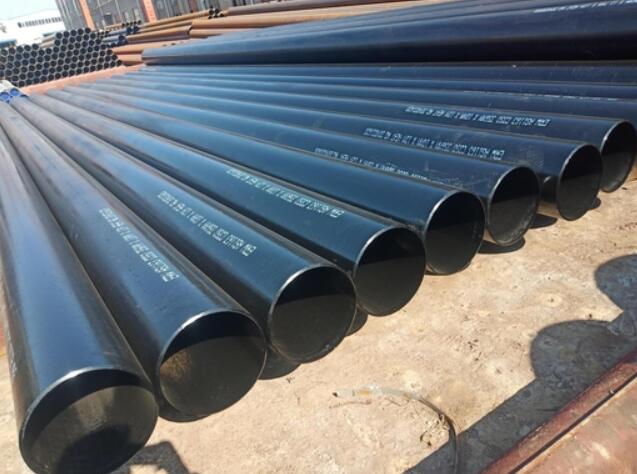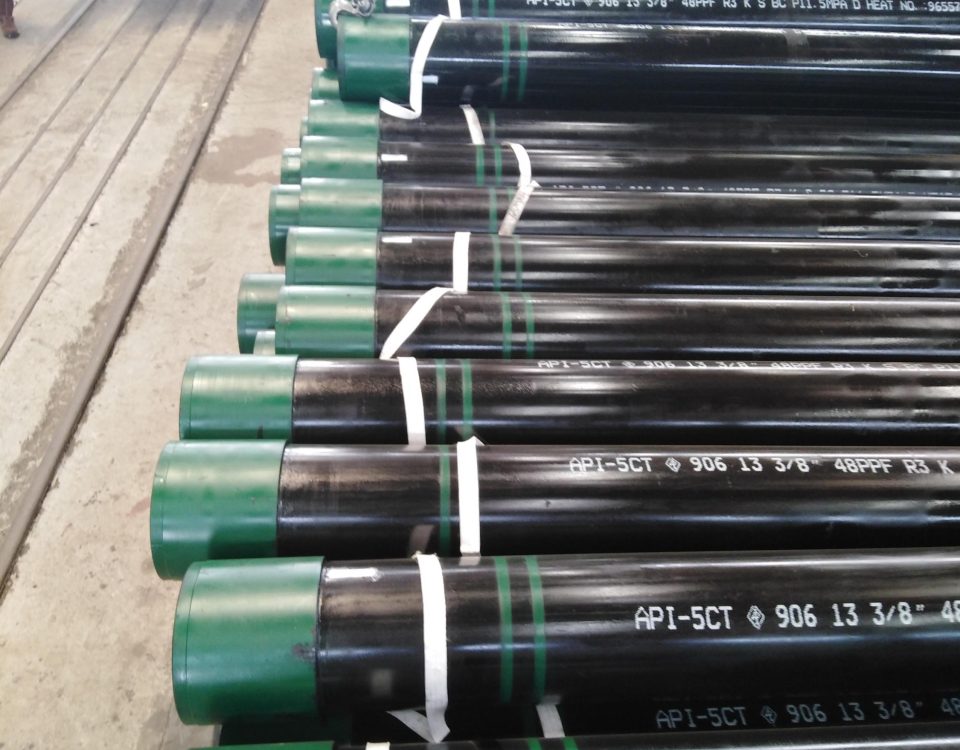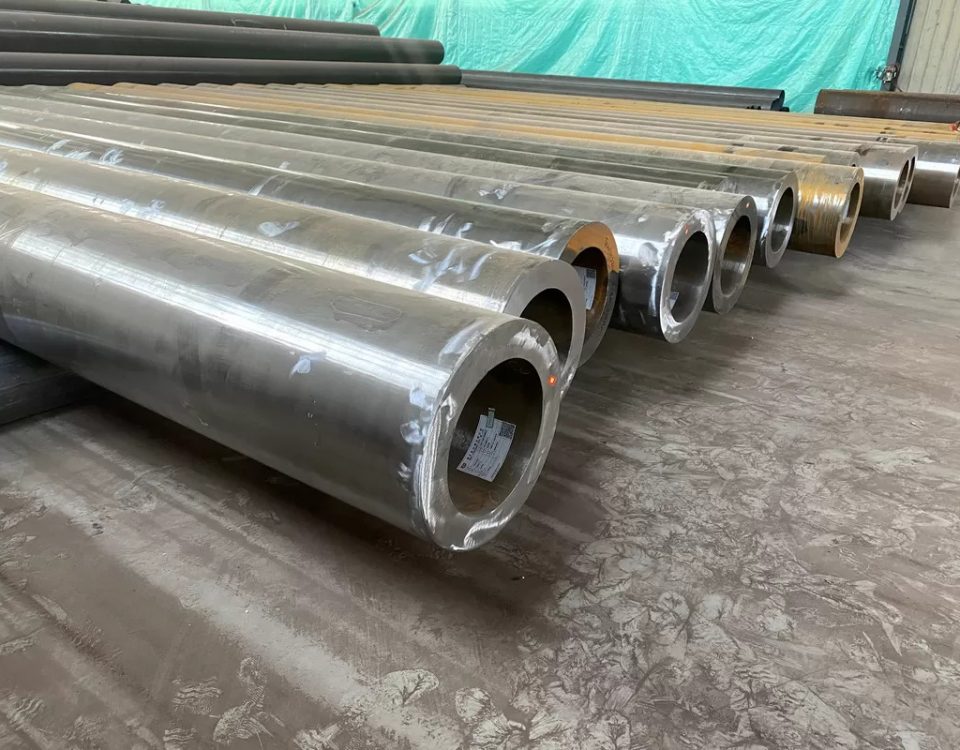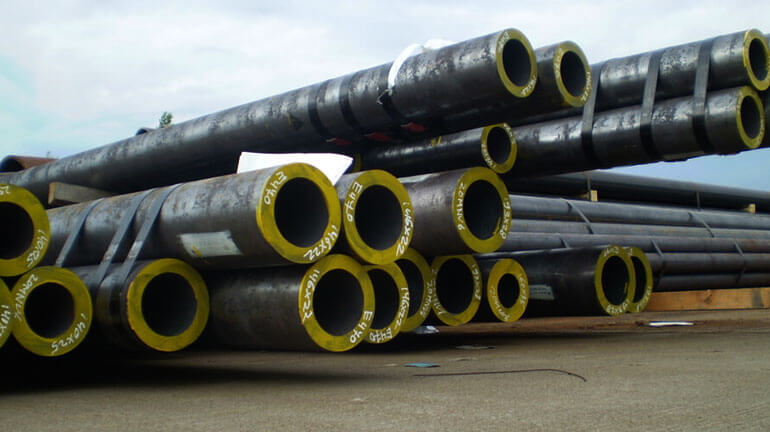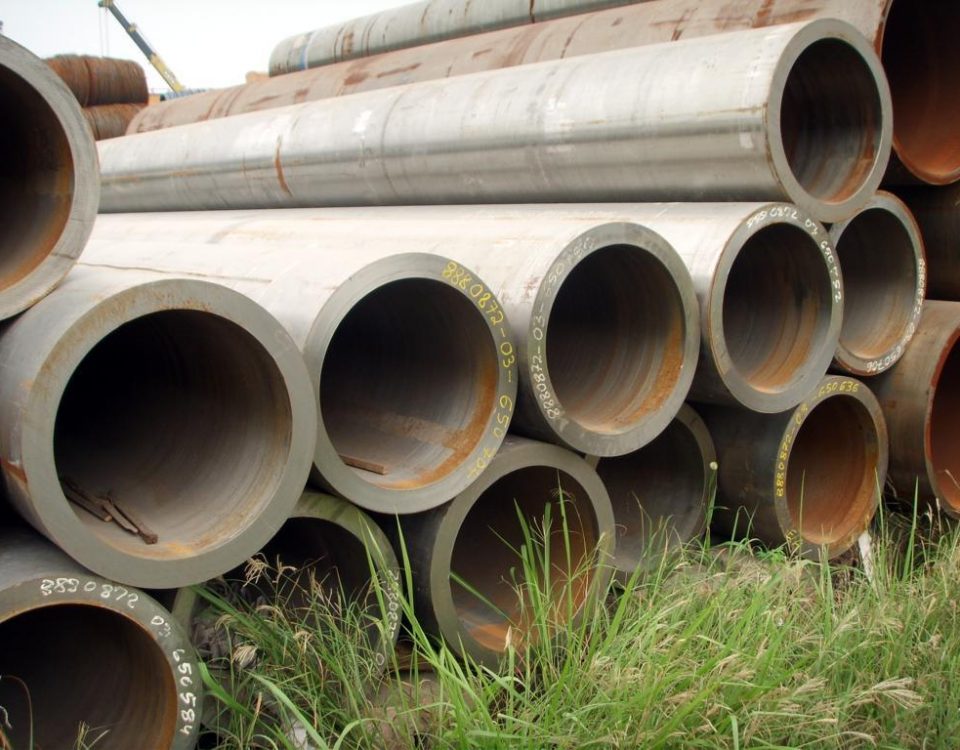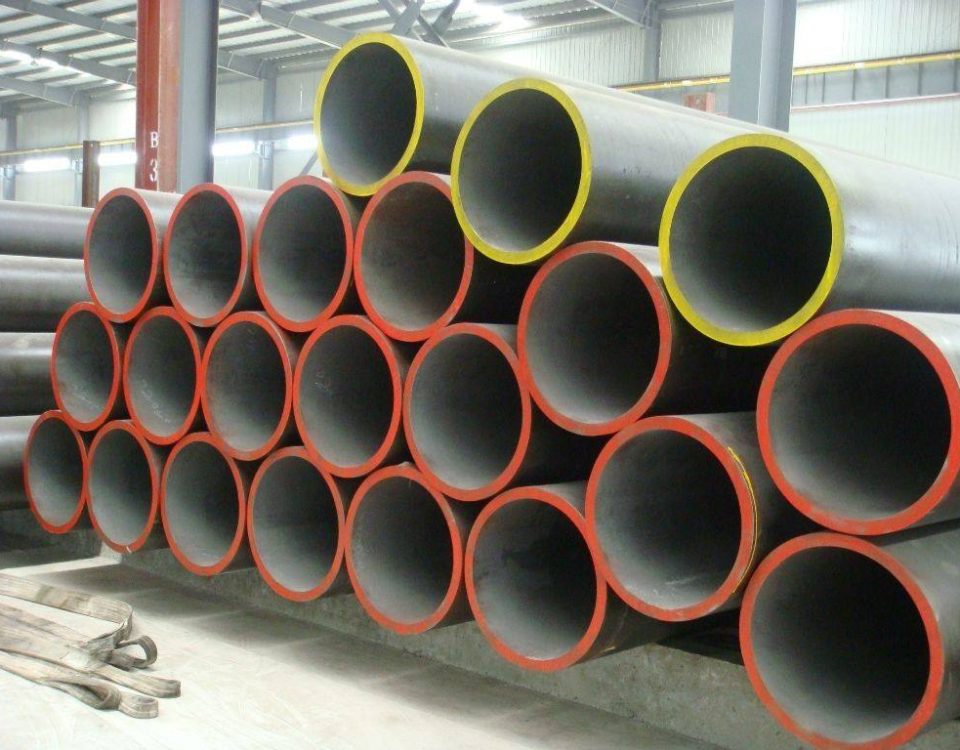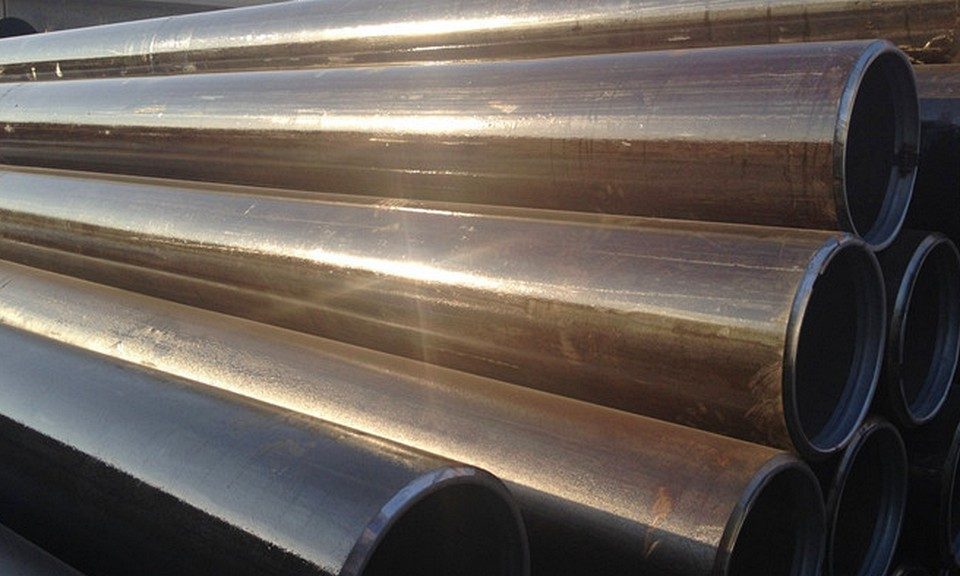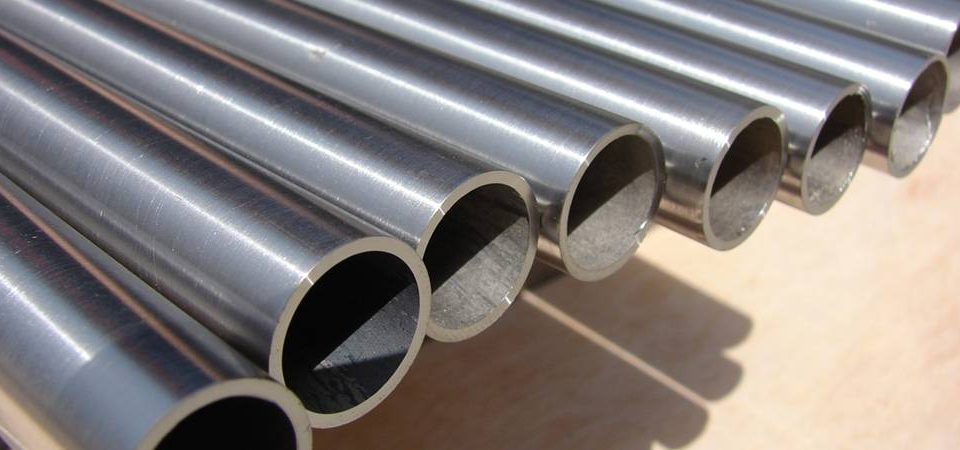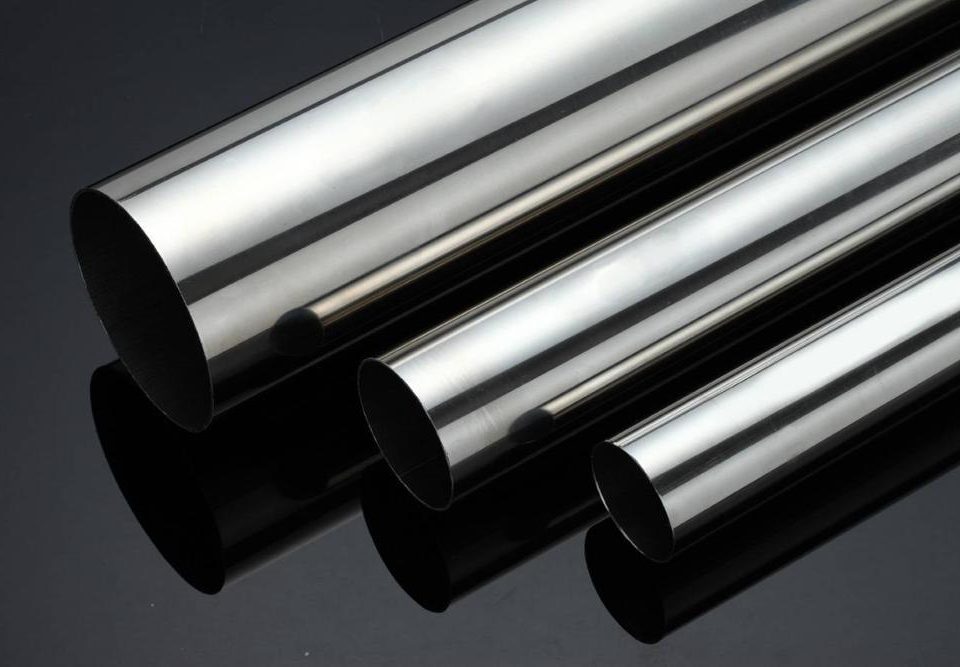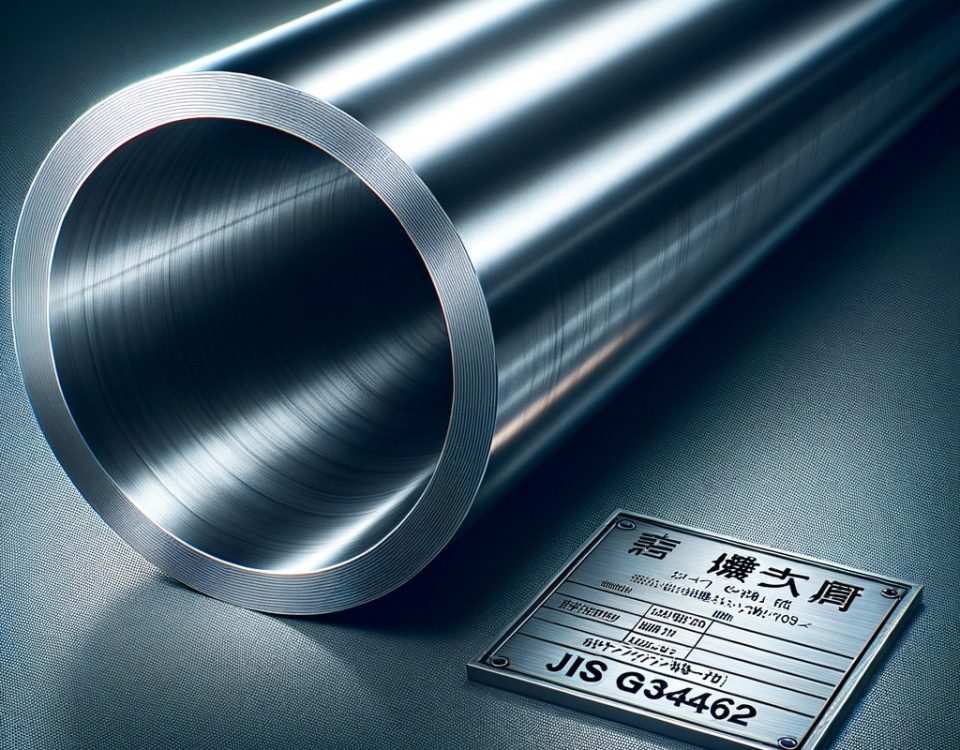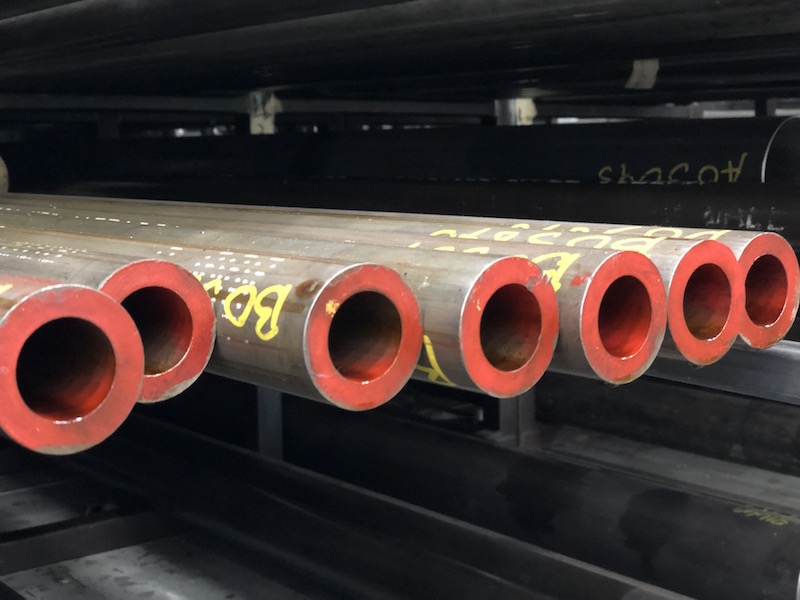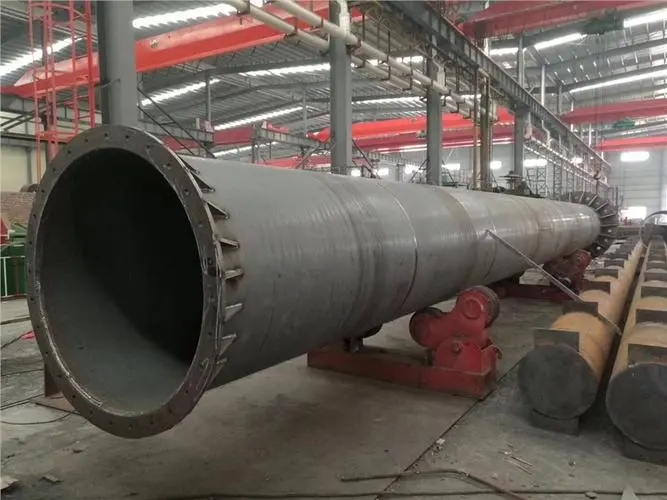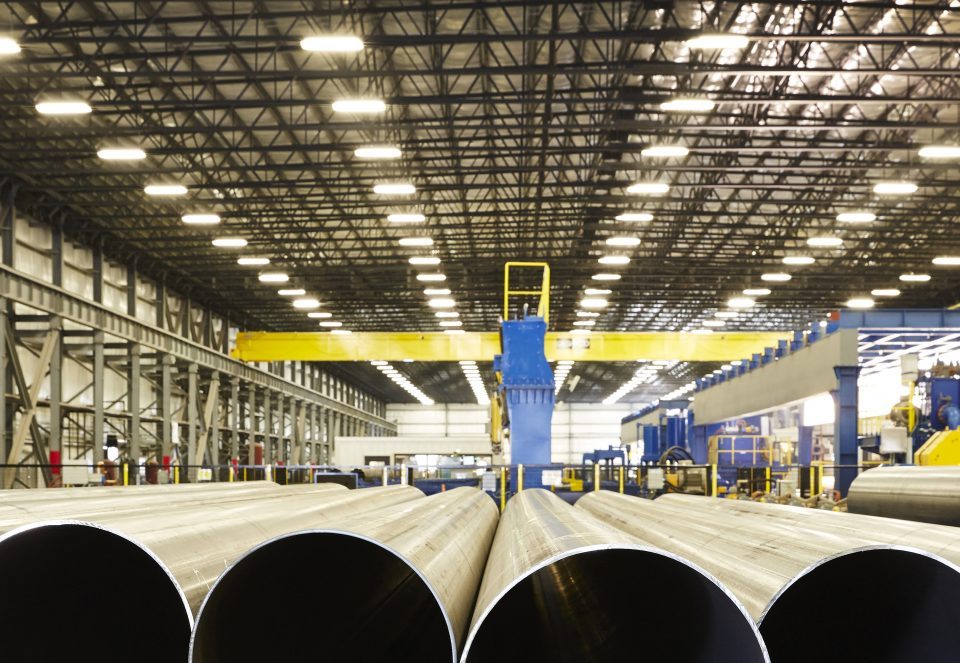Mechanical properties of steel pipes
January 24, 2022Drill pipe related terms and symbols analysis
February 14, 2022Seamless steel pipes are widely used. The general-purpose seamless steel pipe is rolled from ordinary carbon structural steel, low-alloy structural steel or alloy structural steel. .2. According to different uses, it is divided into three categories: a. According to chemical composition and mechanical properties; b. According to mechanical properties; C. According to hydraulic test. Steel pipes supplied according to categories a and b, if they are used to withstand liquid dynamics, shall also be subjected to a hydrostatic test. 3. There are many kinds of seamless pipes for special purposes, such as seamless pipes for boilers, seamless pipes for geological use and seamless pipes for petroleum.
Welded steel pipe, also known as welded pipe, is a steel pipe made of steel plate or steel strip after being crimped and welded. Welded steel pipe has a simple production process, high production efficiency, many varieties and specifications, and less equipment, but the general strength is lower than that of seamless steel pipe. Since the 1930s, with the rapid development of continuous rolling production of high-quality strip steel and the advancement of welding and inspection technology, the quality of welds has been continuously improved, the varieties and specifications of welded steel pipes have been increasing, and more and more fields have replaced non-ferrous steel. Seam steel pipe.
Welded steel pipes are divided into straight seam welded pipes and spiral welded pipes according to the form of the weld. The production process of straight seam welded pipe is simple, the production efficiency is high, the cost is low, and the development is fast. The strength of the spiral welded pipe is generally higher than that of the straight seam welded pipe. However, compared with the straight seam pipe of the same length, the length of the weld is increased by 30-100%, and the production speed is lower. Therefore, the welded pipes with smaller diameters are mostly straight seam welded, and the welded pipes with large diameters are mostly spiral welded.
In the appearance of the steel pipe, the difference between the seamless steel pipe and the welded steel pipe is that there are welding ribs on the inner wall of the welded pipe, while the seamless one does not.
Identification method: look at the inside of the pipe, because the outside will be treated. The welded pipe has a gap in it, some can be seen, and some are treated, it is not easy to see, you can touch it slowly with your hand, or look at the specifications, the welded pipe is not easy to see. Relatively thin, seamless steel pipe manufacturers, welded pipes are made directly from stainless steel strips (rolled up) by machines, and seamless are pierced with round steel or tube blanks.
The production principle of seamless steel pipe
The production method can be divided into hot-rolled pipe, cold-rolled pipe, cold-drawn pipe, extruded pipe, etc. according to different production methods. Hot-rolled seamless pipes are generally produced on automatic rolling mills. After inspection and removal of surface defects, the solid tube blank is cut into required lengths, centered on the end face of the perforated end of the tube blank, then sent to a heating furnace for heating, and perforated on a punching machine. During the continuous rotation and advancement of the perforation at the same time, under the action of the roll and the plug, a cavity is gradually formed inside the tube blank, which is called a capillary. And then sent to the automatic rolling mill to continue rolling. The wall thickness of the whole machine is averaged, the diameter is sizing by the sizing machine, and the picture of the 20# seamless steel pipe meets the specification requirements.
1. Different outer surfaces
It can be seen from the outer surface of the seamless steel pipe that there is no gap on the whole; the welded steel pipe has a welding gap.
2. Different molding processes
The seamless steel pipe is perforated by the whole round steel, and the steel pipe without weld on the surface is called seamless steel pipe.
Welded steel pipes are steel pipes made by crimping and welding steel plates or steel strips. The length is generally 6 meters, and there are welds on the surface. The production process of welded steel pipe is simple, the production efficiency is high, the variety and specifications are many, and the equipment investment is low, but the general strength is lower than that of seamless steel pipe.
3. Different categories
Seamless steel pipe: According to the different production methods, it is divided into hot-rolled pipe, cold-rolled pipe, cold-drawn pipe, extruded pipe, pipe jacking, etc., all of which have their own process regulations.
Welded pipe: divided into general welded pipe, galvanized welded pipe, oxygen blown welded pipe, wire shell, metric welded pipe, roller pipe, deep well pump pipe, automobile pipe, transformer pipe, electric welding thin-walled pipe, electric welding special-shaped pipe, scaffolding pipe and spiral welded pipe.
4. Different physical properties
Seamless steel pipe is often used in high pressure equipment because it has better bearing capacity than ordinary steel pipe. Such as hydraulic equipment, pipeline connections, etc. The welding position of ordinary steel pipe is the weak link, and the quality of the weld is the main factor affecting its comprehensive performance. The physical properties of seamless steel pipe are better than that of welded steel pipe, and the compressive performance is higher. Welded pipes are generally around 10mpa. Now welded pipes can be processed seamlessly.
5. Different prices
The price of seamless steel pipe is generally higher than that of welded steel pipe.
6. Different uses
The factory generally uses seamless steel pipes; welded steel pipes are generally used in construction.
The application of seamless steel pipe is very extensive. Universal seamless steel pipe is rolled from ordinary carbon structural steel, low-alloy structural steel or alloy structural steel, and has the largest output. Mainly used for pipelines or structural parts for transporting fluids, such as petroleum geological drilling pipes, petrochemical cracking pipes, etc. Steel pipes for automobiles, tractors, aviation, boiler pipes, bearing pipes and high-precision structural steel pipes.
Welded pipes are widely used in water supply engineering, petrochemical, chemical, electric power, agricultural irrigation, urban construction and other fields.
Welded pipes are used for liquid conveying: water supply and drainage. For natural gas transportation: gas, steam, liquefied petroleum gas; structural use: used for pile pipes, bridges, piers, roads, building structures, etc.
1. Size and allowable deviation:
Deviation grade D1: Standardized outer diameter tolerance ±1.5%, minimum ±0.75 mm
Deviation grade D2: Standardized outer diameter tolerance ±1.0%. Min ±0.50 mm
Deviation grade D3: Standardized outer diameter tolerance ±0.75%. Minimum ±0.30 mm
Deviation grade D4: Standardized outer diameter tolerance ±0.50%. Minimum ±0.10 mm
2. The national standard seamless steel pipe is made of steel ingots or solid tube blanks through perforation to make capillaries, and then hot-rolled, cold-rolled or cold-drawn.
3. The national standard seamless steel pipe is made of steel ingots or solid tube blanks through perforation to make capillaries, and then hot-rolled, cold-rolled or cold-drawn. National standard steel pipes have an important position in my country’s steel pipe industry. According to incomplete statistics, there are more than 240 national standard steel pipe manufacturers in my country, more than 250 sets of seamless steel pipe units, and an annual production capacity of about 4.5 million tons.
4. Classification: Seamless steel pipes are divided into two categories: hot-rolled and cold-rolled (dial) seamless steel pipes.
(1) Hot-rolled seamless steel pipes are divided into general steel pipes, low and medium pressure boiler steel pipes, high pressure boiler steel pipes, alloy steel pipes, stainless steel pipes, petroleum cracking pipes, geological steel pipes and other steel pipes.
(2) In addition to general steel pipes, low and medium pressure boiler steel pipes, high pressure boiler steel pipes, alloy steel pipes, stainless steel pipes, petroleum cracking pipes, and other steel pipes, cold-rolled (dial) seamless steel pipes also include carbon thin-walled steel pipes and alloy thin-walled steel pipes. Wall steel pipe, stainless thin-walled steel pipe, special-shaped steel pipe. The outer diameter of the hot-rolled seamless pipe is generally greater than 32mm, and the wall thickness is 2.5-75mm. The diameter of the cold-rolled seamless pipe can reach 6mm and the wall thickness can reach 0.25mm. Cold rolling has higher dimensional accuracy than hot rolling.
5. The formula for calculating the pressure of the national standard seamless steel pipe:
(1) The calculation method of the outer diameter, specification and wall thickness of the national standard seamless pipe can withstand the pressure (the tensile strength of different materials of the steel pipe is different) Pressure = (wall thickness * 2 * tensile strength of the steel pipe material) / (outer diameter * coefficient)
(2) The calculation method of the known seamless steel pipe outer diameter and pressure bearing wall thickness: Wall thickness = (pressure * outer diameter * coefficient) / (2 * tensile strength of steel pipe material)
(3) Representation method of seamless pipe pressure coefficient: steel pipe pressure P17.5 coefficient S=4
